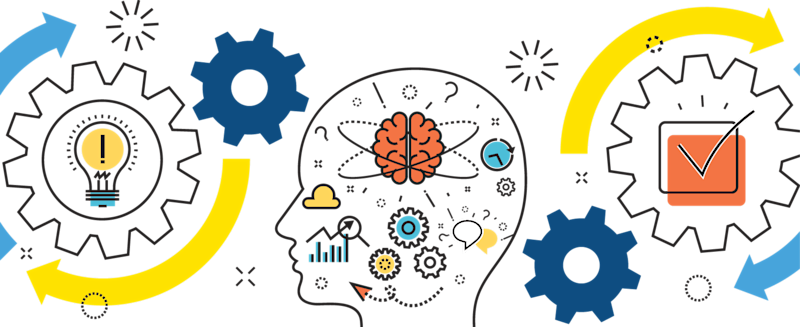Digital simulations have been around for a long time, mostly dominated by design engineers predicting the functionality of the end product. Over the years, processing power and storage have increased to allow more variables, increasing the technology’s capability and enabling more access for manufacturing processes to be simulated. These simulations are beneficial and can increase confidence in designing a process, identify failure points, and increase the bottom line. As the supporting technologies continue to develop, this value-add process will continue to grow.
The core of simulation
At its core, a simulation is a physics-based digital dataset of a physical object that can be a single part or multipiece assembly. This deviates from a CAD model through the interaction of physics-based elements that change the form or assembly of the object. Such elements can be temperature, gravity, friction, electricity, motion, and time. Design engineers have long used finite element analysis and motion simulations to predict the functionality and survivability of an object in field use. Manufacturing processes are very large and complex models. Computing performance has grown to where it is feasible to simulate a local 3D-printing process or an entire manufacturing line. Product Marketing Manager Andre Demers, Presagis, discusses the changes in perceptions of simulations in manufacturing: “What many of these manufacturers are unaware of is how far the technology has come in recent years. The quality and fidelity of simulation have evolved so dramatically that many manufacturers don’t even know what is possible to accomplish using simulation. Virtual tests can now accomplish as much as the real ones, but do them faster, more repeatedly, overnight, without safety constraints, and more robustly. Simulation can accomplish everything that real testing can and at a reasonable cost.”
Simulation benefits and value
The value of simulations can be seen in their direct affect on the bottom line. In an interview with AMT, Christopher Spadaccini, division leader for the materials engineering division at Lawrence Livermore National Laboratory (LLNL), discusses the capability of simulations opening areas to examination that can’t be seen anywhere else: “Modeling and simulation allow us to explore phenomena at multiple lengths and time scales that you couldn’t explore in any other fashion – saving time and money later in the process.”
3D printing requires a significant amount of development, often through physical prototyping. Turning to digital prototyping through simulations, on the other hand, will reduce the lead time for the finished part and reduce the overall development cost. This can be extended to traditional manufacturing processes. A subtractively manufactured part may have many different operations or machines involved to produce the final form; digitally simulating the entire process will allow the engineer to design the most efficient process to achieve the business metrics.
Needs from simulation
As the value of simulation grows, so does the need for increased capability, speed, and efficiencies. Storage, in both the volatile and long term, is the first technology to see this impact. The complexity in size and degrees of freedom continue to drive for a larger model that requires more RAM and long-term storage. In the manufacturing environment, this becomes even more critical as systems and processes are continually changing. As the manufacturing processes continually change, the models will constantly be retrieved, rerun, and stored again. While it is common to consider these assets at the local level, cloud computing and storage have grown in capability and ease of use, which has become popular, as the systems can scale to meet the size or budget needs of a given project. Carlos Gonzalez outlines the collaboration benefits of cloud computing in his Machine Design article, “The Impact of Simulation and the Future of Manufacturing”: “Engineers can now build simulation apps with the help of cloud computing and storage. Instead of shifting their focus from current projects, engineers could let their colleagues run an app to perform an analysis on their own, and then suggest a design change based on the app results.”
Artificial intelligence will become more important as simulations become more ubiquitous, according to Rob Enderle from Machine Design: “The fascinating thing about simulations is they can often model changes and deliver results in real-time. More importantly, as AI capabilities advance, simulation systems can learn from past use cases to reduce the time to set them up and increase their predictive accuracy.”
Simulating processes should become the norm in manufacturing. The key to its expansion throughout the industry will be connecting and quantifying the reduction in lead time to the value of the first part correct. Refining the simulation with real-world factors will incrementally step the technology toward digital twins for maintaining and sustaining processes. David Greenfield from Automation World notes: “One of the more practical applications of the digital twin for manufacturers is in virtual commissioning. In this process, engineers have an exact, virtual model of a machine or system—built from that machine or system’s own data—on which they can test and verify specific functions for real-world commissioning purposes.”






